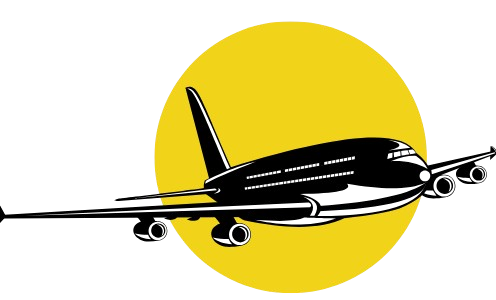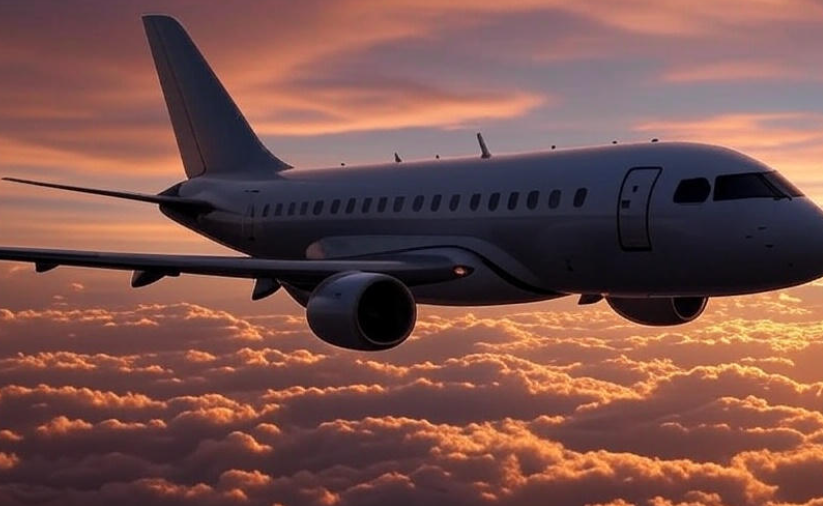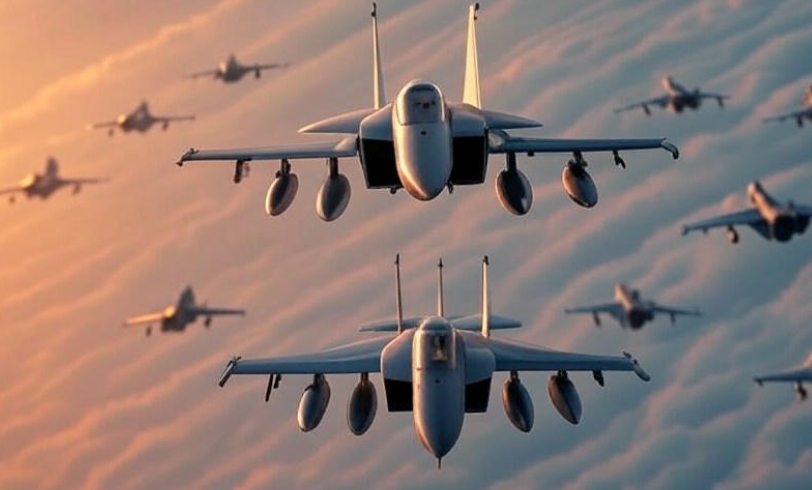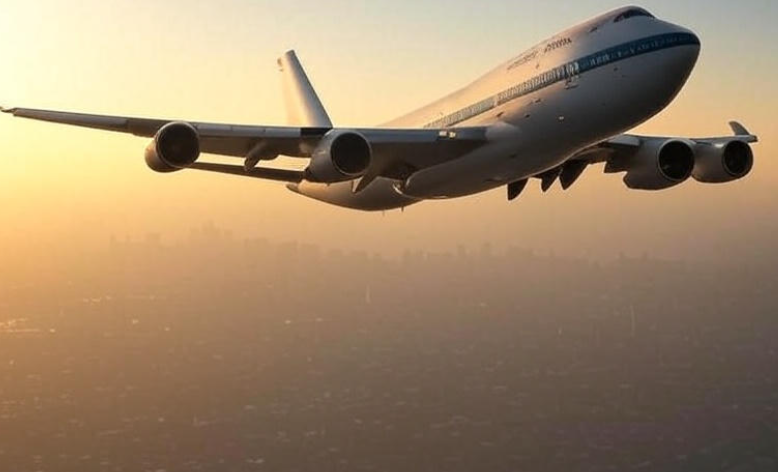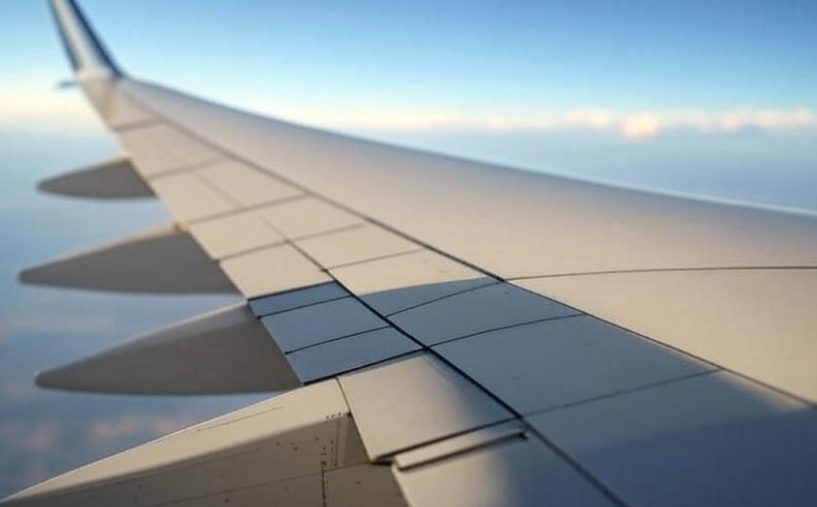Air travel has come a long way since the Wright brothers took to the skies. Today, passengers can fly across continents in a matter of hours, thanks to supersonic and high-speed aircraft. But have you ever wondered which passenger planes were the fastest in history? Let’s take a thrilling journey through the skies! ✈️
1. Concorde – The Supersonic Icon
The Concorde is probably the most famous supersonic passenger plane ever built. It could reach speeds of Mach 2.04 (around 1,354 mph or 2,180 km/h). That’s more than twice the speed of sound! Imagine flying from New York to London in just 3.5 hours. Incredible, right?
-
First flight: 1969
-
Service years: 1976–2003
-
Maximum passengers: 100
What made Concorde special wasn’t just its speed. Its sleek design, delta wing, and afterburner engines made it an icon of luxury and innovation. 🛫
2. Tupolev Tu-144 – The Soviet Supersonic Rival
Often called the “Concordski,” the Tupolev Tu-144 was the Soviet Union’s answer to the Concorde. It could hit Mach 2.15 (around 1,430 mph or 2,300 km/h), making it slightly faster than its British-French counterpart.
-
First flight: 1968
-
Service years: 1975–1978 (passenger service)
-
Maximum passengers: 140
Unfortunately, safety issues and high operating costs ended its passenger service early. Still, it holds a unique place in aviation history as one of the few supersonic passenger jets.
3. Boeing 747-8 – The Speedy Jumbo
While not supersonic, the Boeing 747-8 is one of the fastest subsonic passenger planes. It cruises at around Mach 0.855 (around 659 mph or 1,060 km/h). Known as the “Queen of the Skies,” it combines speed with long-distance endurance.
-
First flight: 2010
-
Service years: 2011–present
-
Maximum passengers: 467
This plane is ideal for long-haul flights, like New York to Tokyo, without any stops. It’s huge, fast, and remarkably efficient for its size.
4. McDonnell Douglas DC-8-62
Before Concorde, passenger jets like the DC-8 set records for speed. The DC-8-62 could reach speeds of Mach 0.85 (around 567 mph or 913 km/h). It was especially famous for transatlantic flights.
-
First flight: 1958
-
Service years: 1959–1980s
-
Maximum passengers: 259
It may not break the sound barrier, but for its time, the DC-8 was a technological marvel, making long-distance air travel much faster and more comfortable.
5. Boeing 707 – Pioneer of Jet Age
The Boeing 707 changed commercial aviation forever. It cruised at around Mach 0.82 (around 600 mph or 966 km/h) and could cross the Atlantic in under 7 hours.
-
First flight: 1957
-
Service years: 1958–1970s (commercial)
-
Maximum passengers: 189
The 707 introduced jet-powered passenger travel to millions. Its speed and reliability paved the way for modern jets we fly today.
6. Lockheed L-188 Electra – The Turboprop Marvel
Though technically a turboprop, the L-188 Electra reached speeds close to Mach 0.7 (around 420 mph or 675 km/h). It was fast, reliable, and perfect for medium-haul flights.
-
First flight: 1957
-
Service years: 1959–1986
-
Maximum passengers: 98
Its distinctive engines gave it a unique hum, and it could perform impressively on shorter runways. This aircraft remains a favorite among aviation enthusiasts.
7. Comet 4 – The British Pioneer
De Havilland’s Comet 4 was the first commercial jet to enter regular passenger service. It could reach Mach 0.86 (around 575 mph or 925 km/h), making it faster than many propeller-driven planes of its time.
-
First flight: 1958
-
Service years: 1958–1980s
-
Maximum passengers: 80
Despite early setbacks due to metal fatigue, the Comet 4 helped lay the foundation for jet-powered passenger travel worldwide.
8. Tupolev Tu-144D – The Improved Supersonic
The Tu-144D was an upgraded version of the original Soviet supersonic jet. It reached Mach 2.0 (around 1,320 mph or 2,120 km/h) and had better fuel efficiency and reliability than its predecessor.
-
First flight: 1968
-
Service years: 1975–1983
-
Maximum passengers: 120
It was mainly used for cargo later on, but it remains a marvel of Soviet engineering.
9. Concorde 001 (Prototype) – The Early Test Bird
Even the prototype Concorde, known as Concorde 001, reached Mach 2.2 (around 1,450 mph or 2,334 km/h) during testing. While it never carried paying passengers at these speeds, it proved the supersonic dream was achievable.
-
First flight: 1969
-
Maximum passengers: N/A (test flights)
The prototype helped engineers refine safety systems and aerodynamics for commercial Concorde flights.
10. Antonov An-124 – The Giant Cargo Plane (with Passenger Mods)
Though primarily a cargo plane, some versions of the Antonov An-124 have been adapted to carry passengers, reaching speeds of around Mach 0.78 (around 515 mph or 830 km/h).
-
First flight: 1982
-
Service years: 1982–present
-
Maximum passengers: 88
It’s slower than jets like Concorde but massive and powerful, capable of carrying hundreds of tons of cargo alongside VIP passengers.
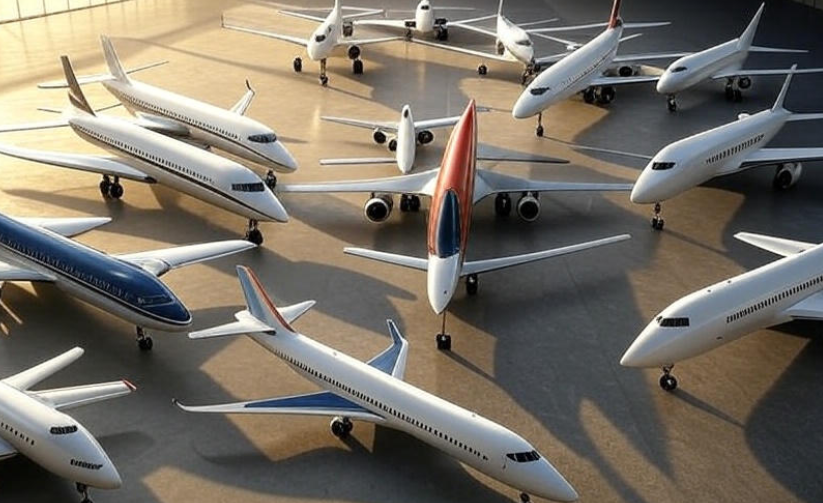
Comparison Table of the Fastest Passenger Planes
| Plane | Max Speed | Passengers | First Flight | Service Years |
|---|---|---|---|---|
| Concorde | Mach 2.04 | 100 | 1969 | 1976–2003 |
| Tupolev Tu-144 | Mach 2.15 | 140 | 1968 | 1975–1978 |
| Boeing 747-8 | Mach 0.855 | 467 | 2010 | 2011–present |
| McDonnell Douglas DC-8-62 | Mach 0.85 | 259 | 1958 | 1959–1980s |
| Boeing 707 | Mach 0.82 | 189 | 1957 | 1958–1970s |
| Lockheed L-188 Electra | Mach 0.7 | 98 | 1957 | 1959–1986 |
| Comet 4 | Mach 0.86 | 80 | 1958 | 1958–1980s |
| Tupolev Tu-144D | Mach 2.0 | 120 | 1968 | 1975–1983 |
| Concorde 001 | Mach 2.2 | Test only | 1969 | N/A |
| Antonov An-124 | Mach 0.78 | 88 | 1982 | 1982–present |
Why Were These Planes So Fast?
Discover more: How Airplanes Survive Extreme Weather
Several factors contributed to their speed:
-
Engine power: Jet and supersonic engines made them faster than propeller planes.
-
Aerodynamics: Sleek, streamlined designs reduced air resistance.
-
Material innovation: Stronger metals allowed higher speeds without structural failure.
-
Supersonic technology: Only planes like Concorde and Tu-144 could exceed Mach 2.
The Legacy of Fast Passenger Planes
Even though supersonic travel like Concorde is no longer common, these planes inspired innovation. Today, engineers are working on quieter, more fuel-efficient supersonic jets. Soon, we may see a new era of ultra-fast passenger travel. 🌍✈️
FAQs
Q: Which was the fastest passenger plane ever?
A: Concorde and the Tupolev Tu-144 are among the fastest, with speeds exceeding Mach 2.
Q: Why don’t we have supersonic commercial flights today?
A: High costs, noise pollution, and environmental concerns made supersonic flights impractical for airlines.
Q: Can regular planes reach supersonic speeds?
A: No, conventional passenger jets cruise at subsonic speeds, around Mach 0.8–0.85.
Q: Are there plans for new supersonic passenger planes?
A: Yes, companies are developing quieter, faster supersonic jets expected to launch within the next decade.
Q: How long would it take to fly from New York to London on a Concorde?
A: Around 3.5 hours, compared to 7–8 hours on a conventional jet.
Flying fast has always captured our imagination. From the elegant Concorde to the Soviet Tu-144, these planes represent the peak of aviation engineering. Who knows? In the near future, you might board a supersonic jet and reach your destination before lunch! 🚀
